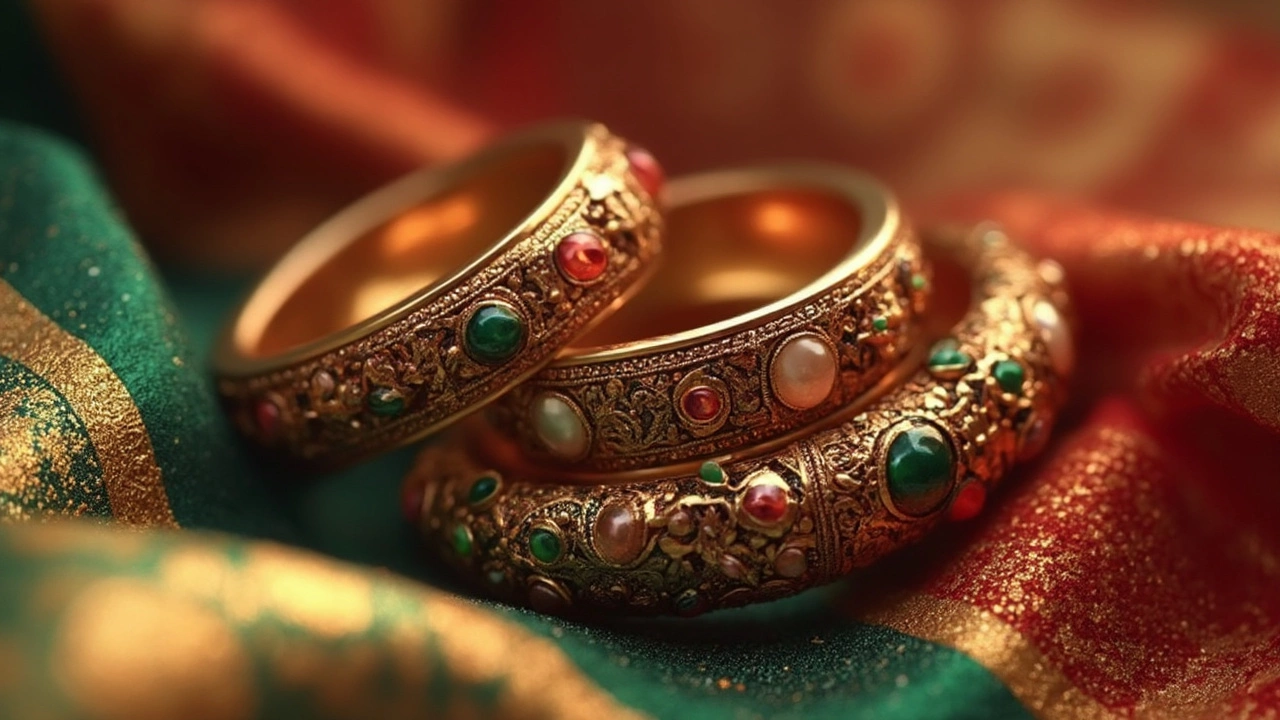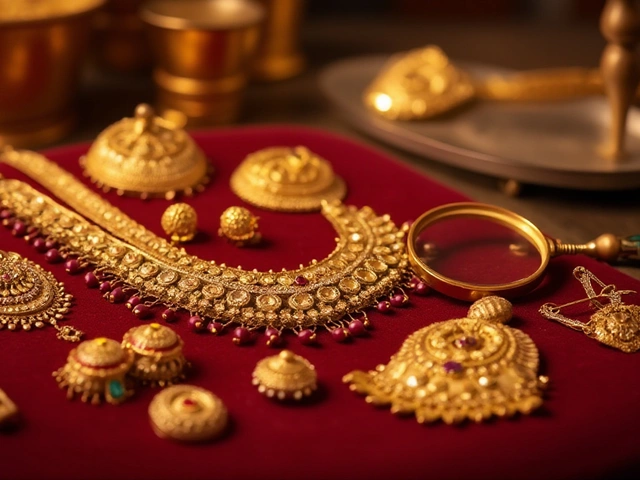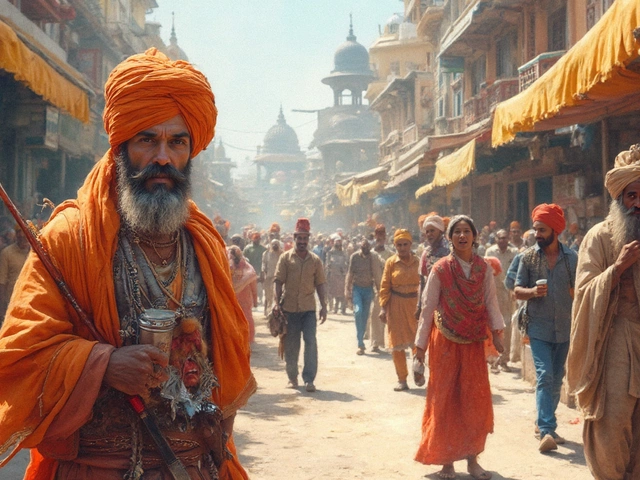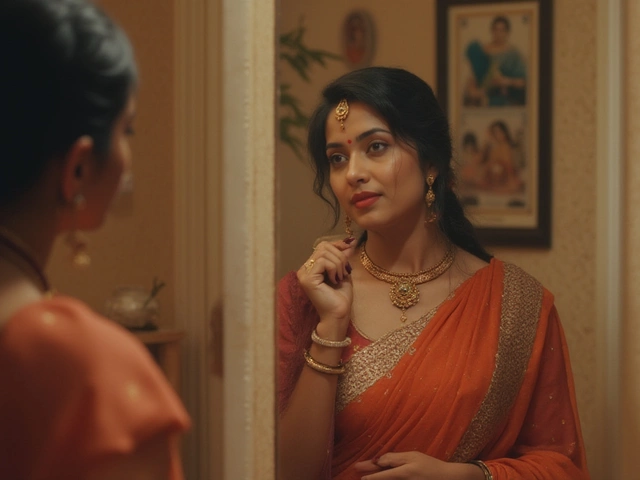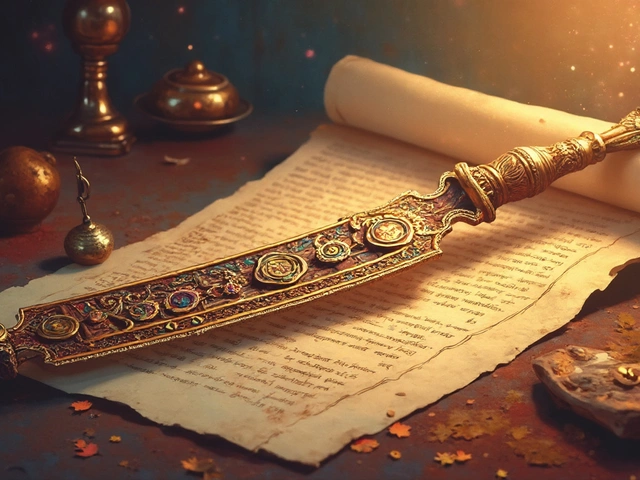Bangle History: From Ancient India to Modern Style
Bangles aren’t just accessories – they’re tiny time capsules that tell stories about India’s past, its festivals, and even everyday life. If you’ve ever wondered why a simple ring of metal has survived thousands of years, you’re in the right place.
Ancient Roots and Royal Courts
Archaeologists found clay bangles in the Harappan sites dating back to 3000 BC. Back then, they were symbols of wealth and protection, often buried with the dead to guard them in the afterlife. By the time the Mauryan and Gupta empires rose, gold and copper bangles became part of royal wardrobes, displaying power and status at court gatherings.
Women in royal families wore multiple bangles, each color and material representing a specific meaning – red for marriage, white for purity, and green for fertility. The practice spread to common folk, who began copying the look with cheaper metals and locally available stones.
Regional Styles and Cultural Significance
Every Indian state put its own spin on bangles. In Gujarat, lacquered glass bangles called chooda are a wedding staple, while Bengal’s pakka bangles are made from brass and often embossed with motifs of lotus or peacock. South India favors thick, heavy gold cuffs that rattle with every movement, a sound that still signifies auspiciousness during festivals.
Bangles also carry personal messages. In many families a set of red glass bangles is given to a bride on her wedding day to ward off evil. Black bangles, popular in recent years, are believed to absorb negative energy and protect the wearer’s health.
Modern Trends and Buying Tips
Today, designers mix traditional shapes with contemporary materials – think silicone bangles for fitness lovers or crystal‑encrusted cuffs for party nights. The rise of e‑commerce means you can compare designs side by side, read reviews, and even request custom engraving without leaving home.
If you’re buying bangles online, check the metal purity (gold 22K, silver 925), look for a clear hallmark, and make sure the inner diameter matches your wrist. RH Jewellers offers a wide range of certified bangles, from classic gold cuffs to modern black glass sets, all backed by a genuine guarantee.Whether you’re adding a splash of color for a festival or searching for a heirloom piece, understanding the history behind bangles adds extra sparkle to your purchase. So the next time you hear that satisfying clink, remember you’re holding a piece of India’s ancient heritage right on your wrist.
Discovering the Tradition of Bangles in India
In India, bangles are more than just jewelry; they're a vibrant part of cultural identity and tradition. These accessories have deep roots in Indian customs, symbolizing various aspects of life like marriage and prosperity. Exploring their historical significance and modern relevance offers a glimpse into how they've remained an integral part of Indian attire. From the materials to the regional variations, understanding bangles opens a window into the diverse traditions of India.
